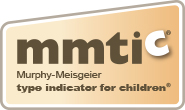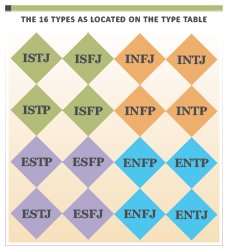Second Chance: Type Tip #18
Sometimes preteens, with a preference for Extraversion, say things first, before they think it through and then may feel they have to stand by what was said. The strategy of "second chance" allows an alternative. When a student said something that might be considered rude, I would say, "Second chance. Do you want to say that another way?" So often they would. If a child just wanted to be rude, they would say a second rude comment. When that happens then you know it is not Extraversion but is rudeness and you can give an appropriate consequence.



_thumb.png)












